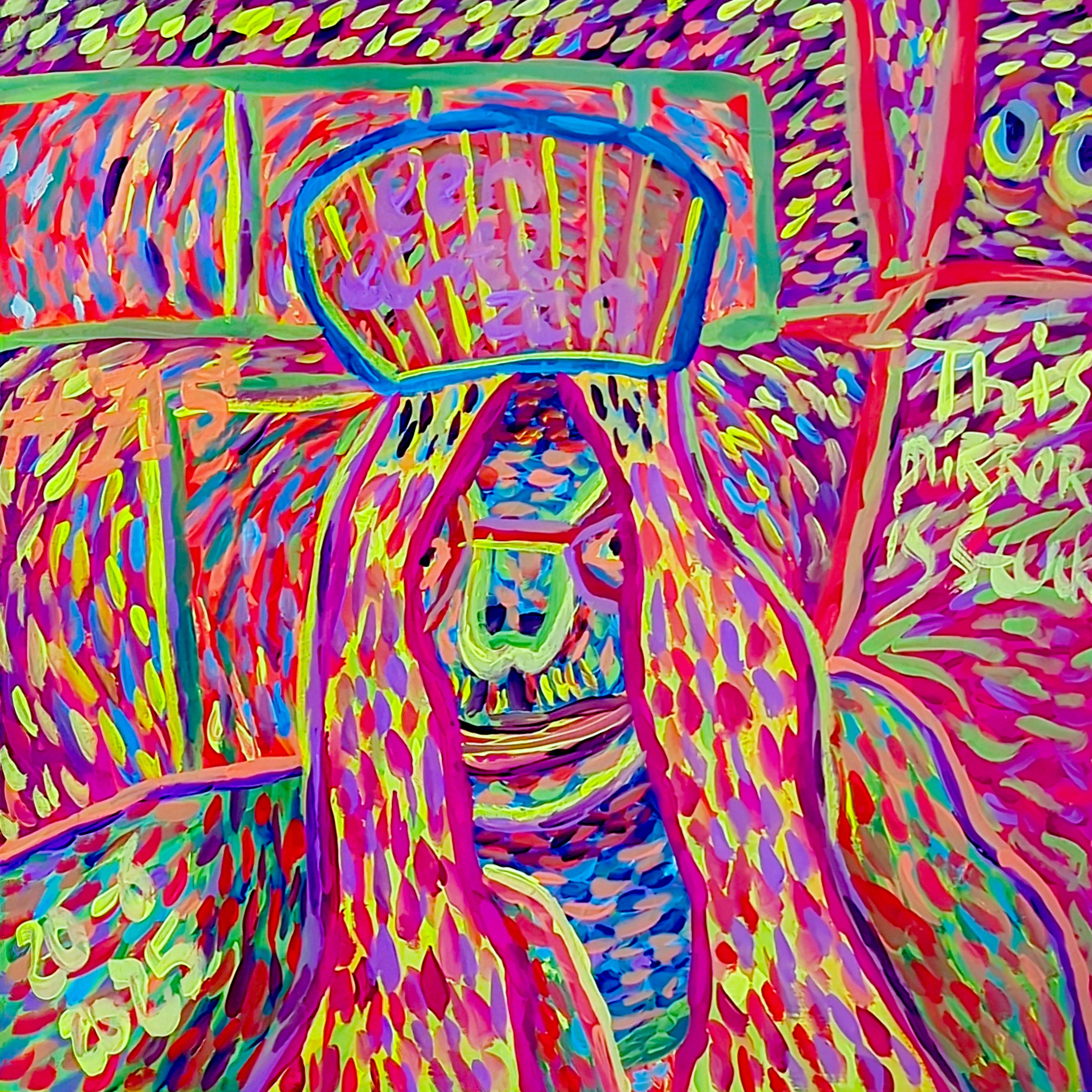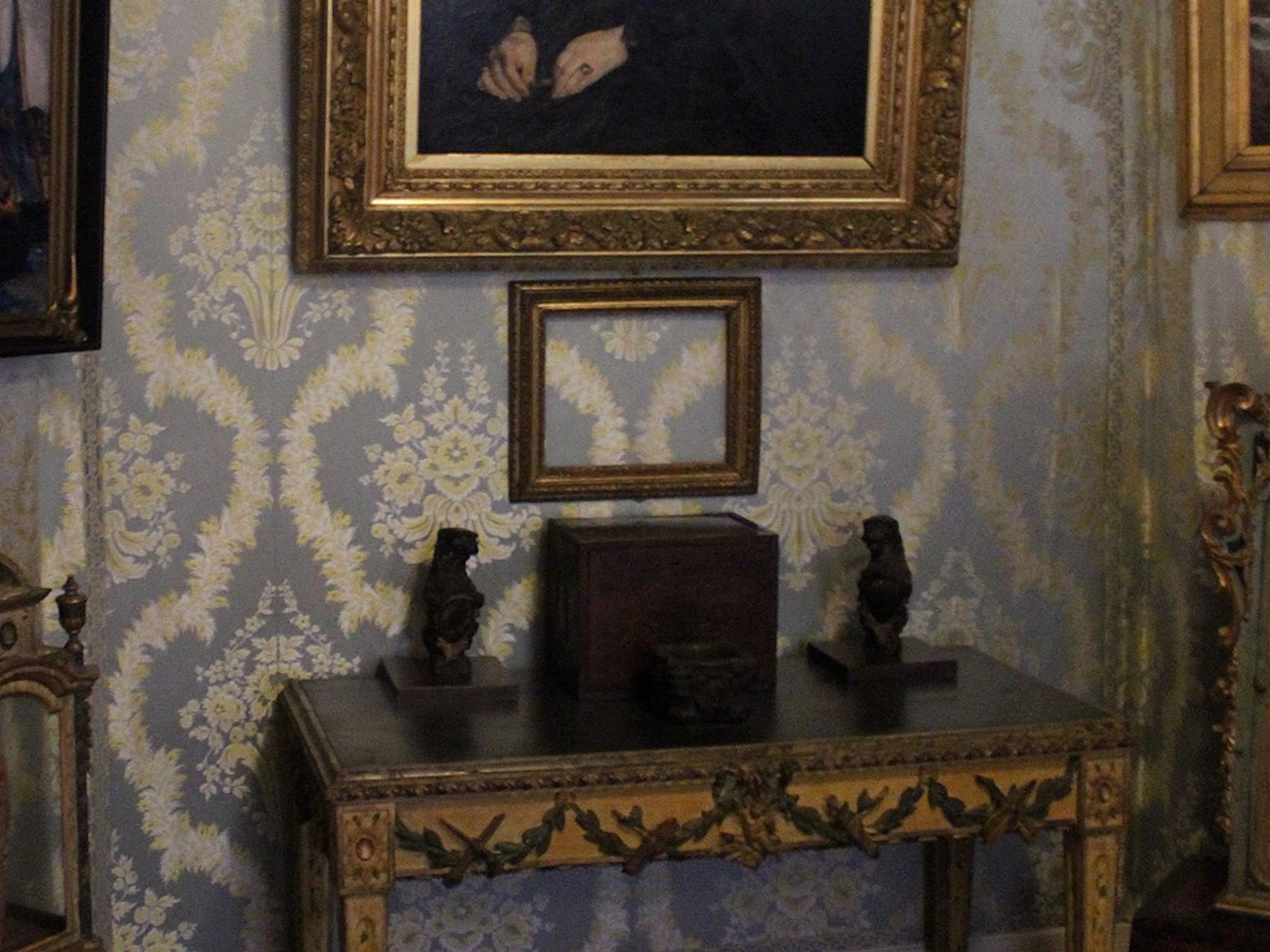
Contemporary Art for Your Walls: An Artist's Guide to Choosing & Displaying Soulful Pieces
Ready to transform your walls? This expanded guide from an artist's perspective dives deep into choosing, buying, and displaying contemporary art that truly speaks to your soul.
Contemporary Art for Your Walls: Finding Pieces That Speak to Your Soul
Okay, let's talk about walls. Specifically, your walls. Those blank canvases in your home, waiting for something more than just paint. For me, as an artist, the idea of a blank wall is both a challenge and an opportunity. It's a space yearning for conversation, for emotion, for a story. I remember moving into a new studio space once, the walls stark white and echoing. For weeks, I just stared at them, feeling a strange mix of paralysis and possibility. It wasn't until I finally hung a small, vibrant abstract piece that the room started to breathe, and I felt ready to create. It wasn't just filling space; it was like the room itself exhaled, and suddenly, the possibilities felt endless. And what better way to tell a story, or start one, than with contemporary art?
Maybe you've walked into a gallery or scrolled through an online marketplace and felt a bit lost. "Contemporary art? For my wall? Where do I even start?" I get it. It can feel intimidating, like there's some secret handshake you don't know. But honestly? It's not about being an expert. It's about connection. It's about finding something that makes you feel something, every time you look at it. And often, understanding the artist's intention or the context behind a piece, perhaps through an artist statement explained, can deepen that connection even further.
This isn't just a guide; it's a chat, a personal journey through the world of contemporary art and how it can transform the place you live. Let's dive in.
Why Contemporary Art? (Beyond Just Filling Space)
Contemporary art, broadly speaking, is art made in our lifetime. While the exact starting point is debated, it's often considered to have begun roughly after World War II, reflecting the seismic shifts in society and culture that followed. It's the art that's grappling with the world now, made by painters of today and other living creators. How does it differ from Modern Art? While Modern Art (roughly 1860s-1970s) often focused on breaking from tradition and exploring new ways of seeing (think Impressionism, Cubism, Abstract Expressionism), Contemporary Art builds on this but is often more conceptually driven, diverse in medium, and directly engages with current global issues. It's less about defining a singular style and more about reflecting the complex, fragmented nature of our present.
Beyond just the timeframe, contemporary art is characterized by a willingness to challenge traditional norms, explore new mediums beyond painting and sculpture (think textile pieces, video, performance, installation, even BioArt), and engage directly with current social, political, and cultural issues. Concept often stands alongside or even takes precedence over pure aesthetics. It can be challenging, beautiful, confusing, or deeply moving. It reflects our current anxieties, our hopes, our humor, and our chaos. For instance, a piece might use recycled materials to comment on climate change, or a vibrant abstract work could explore themes of identity and belonging. Hanging contemporary art on your wall isn't just decoration; it's bringing a piece of the present moment, a piece of a living artist's perspective, into your daily life.
Engaging with contemporary art can sometimes require a bit more from the viewer than, say, a classical landscape. It might not always be immediately 'beautiful' or easy to understand. It can provoke questions, challenge assumptions, or even feel uncomfortable. But this active engagement, this willingness to sit with the piece and explore what it's doing and why, is where the real magic happens. It's in that wrestling, that contemplation, that the art truly starts to speak to you, revealing layers of meaning and emotion that a passive glance would miss. For example, a minimalist piece might challenge you to contemplate space and absence, while a piece with challenging imagery might make you question your own assumptions about the world. It's a dialogue, not just a decoration.
I remember the first time I saw a piece of contemporary art that truly stopped me in my tracks. It wasn't a famous piece in a big museum (though I love those too, like the ones you find in the best museums or famous art galleries). It was in a small, slightly dusty gallery, a painting with bold, almost aggressive brushstrokes and colors that shouldn't have worked together but somehow sang. It felt raw, honest, and utterly alive. That's the power of contemporary art – it can surprise you, provoke you, and make you see the world a little differently.
It's also incredibly diverse. When we talk about types of artwork, contemporary art spans everything from painting and sculpture to video installations and performance art (though maybe don't hang a performance piece on your wall... unless you're feeling adventurous!). For your wall, you're likely looking at paintings, prints, photographs, drawings, or maybe even small sculptures or textile pieces. Think abstract art, figurative work with a modern twist, minimalist art, or even pieces influenced by street art. Contemporary artists often experiment with materials, pushing boundaries and exploring themes like identity, technology, and the environment. It's a dynamic field that's constantly evolving, which is part of what makes it so exciting.
Beyond broad categories, contemporary art encompasses numerous movements and styles, each offering a different lens on the world. You might encounter Neo-Expressionism with its raw emotion, Photorealism that challenges perception, or pieces influenced by Pop Art's engagement with popular culture. Conceptual Art can manifest in prints or objects that provoke thought. Exploring these different approaches can help you pinpoint what resonates with your own sensibilities. Artists also intentionally use elements like line, shape, texture, and composition to evoke specific feelings or guide your eye, linking the 'how it works' to the 'how it feels'.
Let's look at a few examples of how contemporary styles translate to pieces you might hang on your wall, focusing on the feeling they can bring to a space:
- Abstract Expressionism: Think bold, gestural brushstrokes or large fields of color. A piece like this can bring energy and emotion to a space. Imagine a large canvas with sweeping, vibrant blues and yellows – that's the energy Abstract Expressionism can bring. It's less about a recognizable image and more about the feeling the colors and textures evoke.
- Minimalism: Clean lines, simple forms, often limited color palettes. A minimalist piece can create a sense of calm and focus, perfect for a bedroom or study. It's about the essential elements and the space around them. Think of a single, perfectly placed black line on a white canvas – it demands attention through its simplicity.
- Pop Art Influence: Bright colors, graphic elements, often referencing popular culture or everyday objects. A Pop Art-inspired print can add a playful, vibrant touch to a living area or kitchen. Imagine a bold, graphic print of an everyday object like a soup can or a comic book panel – it's familiar yet transformed.
- Photorealism: Paintings or drawings that look like high-resolution photographs. These pieces can be incredibly striking and challenge your perception of reality. They often focus on everyday scenes or objects, elevating the mundane. Seeing a painting that looks exactly like a photo of a diner counter can make you question what you're seeing and appreciate the artist's incredible skill.
- Mixed Media & Assemblage: Incorporating various materials beyond traditional paint or canvas, or combining found objects. These pieces add texture, depth, and often a narrative layer, turning unexpected items into art. A piece incorporating old newspaper clippings, fabric scraps, and paint can feel like a visual diary or a commentary on society.
Understanding these styles can give you a vocabulary to describe what you're drawn to, even if you're just starting out. It's like learning the notes to a song – suddenly, you can appreciate the melody on a deeper level.
Here's a quick comparison of Modern vs. Contemporary Art:
Feature | Modern Art (approx. 1860s-1970s) | Contemporary Art (approx. 1970s-Present) |
|---|---|---|
| Timeframe | Historical | Art of our time, living artists |
| Focus | Breaking tradition, new ways of seeing, formal experimentation | Conceptually driven, diverse mediums, engaging with current issues |
| Key Mediums | Painting, Sculpture, Printmaking | Includes traditional + installation, video, performance, digital, mixed media, etc. |
| Themes | Abstraction, Impression of light, Cubist fragmentation, Expression of emotion | Identity, globalization, technology, environment, social/political commentary, everyday life |
Finding Your Piece: Trusting Your Gut (and a Little Planning)
This is where the personal journey really begins. Forget trends, forget what you think you should like. What resonates with you? What colors make you happy or thoughtful? What textures draw you in? Does a piece make you pause, smile, or feel a little uncomfortable (in a good way)? How do you even begin to translate that gut feeling into a search? It can feel like trying to describe a dream – you know how it felt, but putting it into words (or search terms) is the tricky part.
Let's start with the practicalities. Ask yourself why you want art for a particular space. Are you looking to create a sense of calm in your bedroom? Add energy to your kitchen? Make a statement in your living room? The art you choose can dramatically impact the mood of a room. Consider the size of the wall and the surrounding furniture – a piece too small can get lost, while one too large can overwhelm the space. Also, think about your existing decor and color palette; the art should ideally complement or intentionally contrast with the room's existing elements. Beyond just aesthetics, consider the purpose of the art in that space. Is it meant to be a conversation starter in a dining area, a personal reflection piece in a study, or purely something beautiful to look at? Thinking about the room's primary function – is it a high-traffic family area, a quiet reading nook, a formal dining room? – can help guide your choice and placement.
Here are some questions to ask yourself to dig a little deeper into what you're looking for:
- What kind of energy do you want this room to have? Calm and serene, vibrant and stimulating, thoughtful and quiet?
- Does this piece remind you of a feeling, a place, or a memory?
- What stories do you want your walls to tell? Do you want art that reflects your interests, your values, or simply brings you joy?
- How does the art make you feel when you first look at it? Pay attention to that initial gut reaction.
- What colors are you naturally drawn to, regardless of trends? What colors make you feel good?
Speaking of size, the scale of the artwork matters just as much as its dimensions. A large, commanding piece can anchor a room and become a focal point, even in a minimalist setting. Conversely, a small, intricate work can create an intimate moment, drawing you in for a closer look. Don't be afraid to experiment with scale – sometimes a surprisingly large or small piece is exactly what a space needs. For example, a large abstract piece can make a small room feel grander, while a series of smaller, detailed works might be perfect for a narrow hallway or above a desk where you can appreciate them up close. And consider the scale within the artwork itself – are the elements large and bold, or small and detailed? This internal scale affects how the piece feels from a distance and up close.
Different types of contemporary art can evoke different emotions. Abstract art might focus on mood and energy through color and form, while figurative or narrative pieces might tell a story or provoke specific thoughts (visual storytelling). Minimalist art can bring a sense of calm and focus, while bold, expressive works can inject dynamism. Pay attention to how a piece makes you feel – that's the most important indicator. Understanding how different styles tend to evoke certain feelings can help you choose art that aligns with the desired mood or purpose of a specific room.
I often tell people looking for art for their homes, especially new homeowners, to just start looking. Browse online galleries, visit local shows, even just look at art on Instagram. Pay attention to what catches your eye. Don't overthink it initially. That gut reaction is your taste speaking. Maybe you're drawn to abstract art with bold color fields, or perhaps something more figurative but with a contemporary twist. Maybe you love the texture of impasto painting or the clean lines of a print. It's all valid. Sometimes, I'll see a color combination in a piece that just clicks with me, even if I can't explain why – it just feels right. I remember once spending hours trying to find the 'perfect' piece for a tricky corner, only to walk into a completely unrelated space and see something that instantly felt like it belonged. Sometimes the art finds you when you stop looking so hard.
Consider the light in the space before you choose a piece. Natural light changes throughout the day, affecting how colors and textures appear. Artificial light (warm or cool, direct or indirect) also plays a huge role. A piece that looks stunning under gallery spotlights might feel different in your living room. Think about where the light sources are and how they might interact with the artwork at different times.
Sometimes, you might find yourself drawn to multiple pieces by the same artist or works that feel like they belong together, perhaps from a series. Buying multiple pieces from one artist can be a wonderful way to build a cohesive collection and show a deeper appreciation for their work. It also tells a more layered story on your wall, allowing viewers to see the artist's range, development, or a deeper narrative thread across pieces.
Where to Find Your Wall Companion
Okay, you've got a sense of what you're looking for and where it might fit. Now, where do you actually go to find it? The good news is, finding contemporary art for your wall is easier than ever. You don't need to be a millionaire or live next door to a major gallery (though visiting places like the Tate Modern or Centre Pompidou is always inspiring!). The search itself can be part of the fun, a treasure hunt for your soul.
Here are some avenues to explore:
- Online Art Marketplaces: Sites like Saatchi Art, Artsy, and even Etsy (for emerging artists) offer a vast selection. It's a great way to browse different styles and price points from the comfort of your sofa. Just be sure to do your research on the artist and the platform. When buying online, always check the return policy, understand the shipping costs and insurance, and don't hesitate to request additional photos or details from the seller. Understanding the difference between an original piece, a limited edition print, and an open edition print is crucial here, as it significantly impacts value and price.
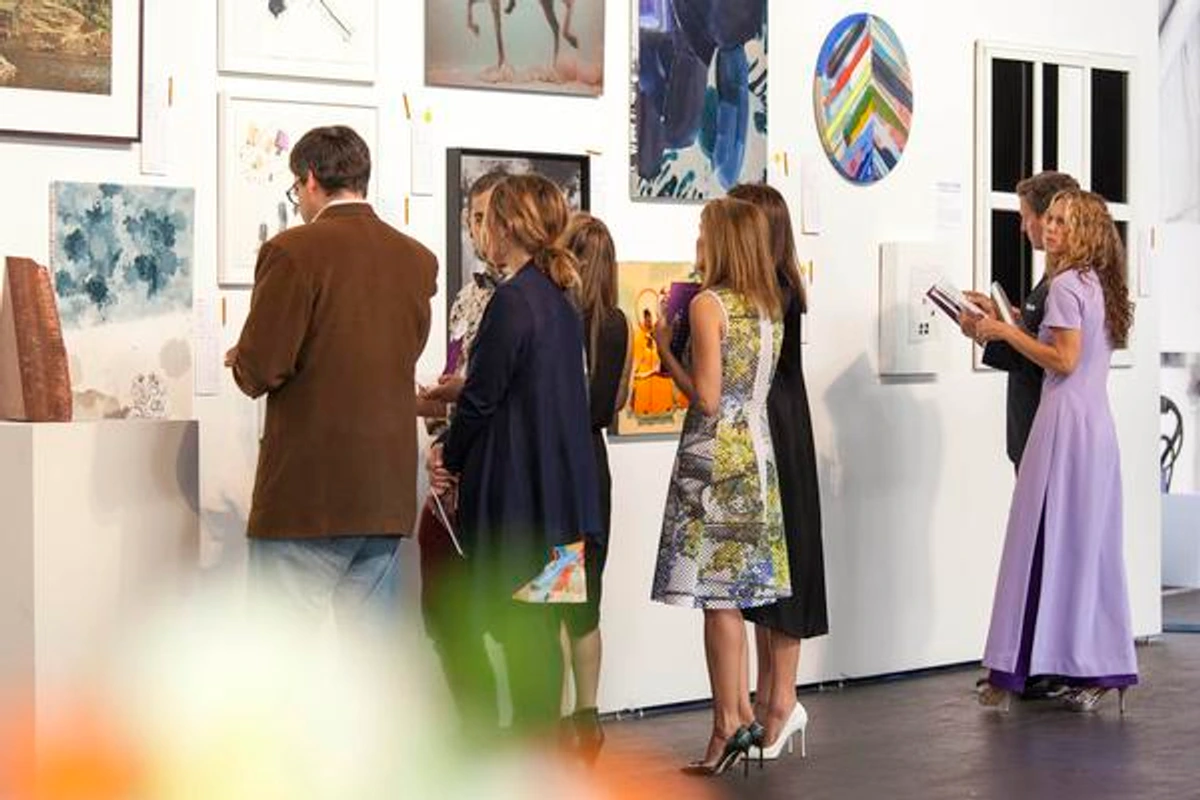
- Artist Websites/Online Stores: Many artists, myself included (you can explore my own collection for sale if you're curious!), sell directly through their own websites. This is a fantastic way to support the artist directly, often get a better price (as there's no gallery commission), and learn more about the work straight from the source. You might even find pieces not available elsewhere. Buying directly also means your support goes straight to the creator, helping them continue their work – a pretty cool feeling, if you ask me.
- Local Galleries: This is my personal favorite. Visiting a local gallery lets you see the art in person, feel its scale and texture, and often chat with the gallerist or even the artist. It's a more intimate experience. Look for galleries accepting new artists – they often have exciting, affordable work. Attending exhibition opening nights can be particularly rewarding; they're often free, less intimidating than a quiet afternoon visit, and offer a chance to meet the artist and other art lovers.

- Artist Studios & Open Houses: Sometimes artists open their studios to the public (visiting artist residency open studios). This is a fantastic way to see where the magic happens and buy directly from the creator. You get to hear the story behind the art directly from the source, which can deepen your connection to the piece. (Speaking of which, you can always check out my own work for sale or learn about my journey on my timeline). Attending artist talks or studio visits, if available in your area or online, can also provide invaluable insight into the artist's process and inspiration.
- Art Fairs: These can be overwhelming, but they bring together many galleries and artists under one roof. Great for seeing a lot of work quickly. Check out my guide to visiting art fairs.
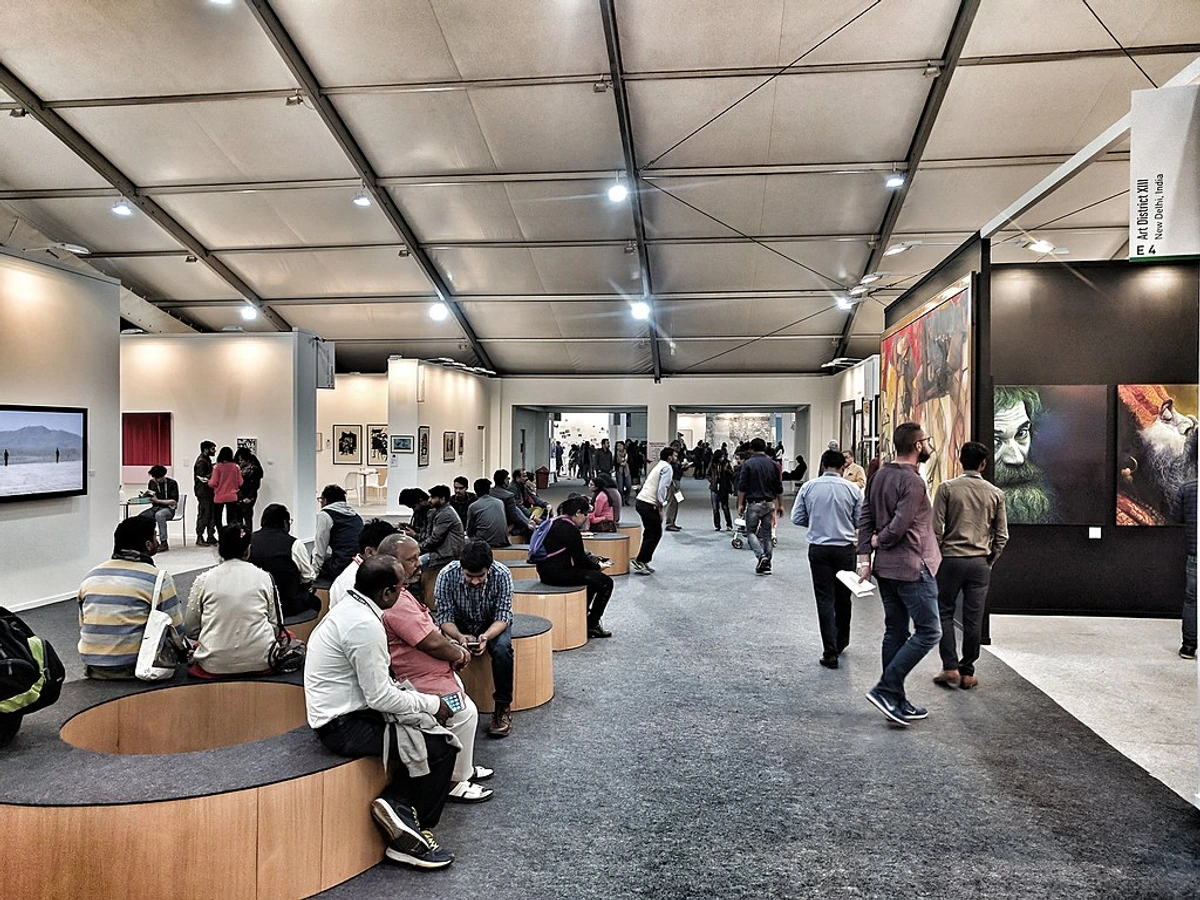
- University Galleries: Often overlooked, university galleries can showcase innovative work from students and faculty, sometimes at accessible prices.
- Unexpected Places: Don't forget places like cafes, boutiques, or even pop-up shows (finding art in unexpected places cafes boutiques). Art is everywhere if you look!
- Social Media: Platforms like Instagram are visual treasure troves. Follow artists and galleries you like. It's not just for browsing; you can often get a sense of the artist's process, personality, and studio environment, which can deepen your connection to their work. Many artists also sell directly through their social channels or link to their online shops. Social media also offers a unique opportunity to discover artists not just locally, but globally, expanding your potential pool of soul-stirring pieces exponentially.
- Art Consultants/Advisors: If the sheer volume of options feels paralyzing, or you're looking for something very specific, consider working with an art consultant. They can help narrow down choices based on your taste, budget, and space, and navigate the buying process for you. It's an added cost, but for some, the expertise and time-saving are well worth it.
Don't be afraid to ask questions! If you're unsure about art prices or the process, most galleries and artists are happy to help. You can even explore options like negotiating payment plans or renting art before committing. When buying, especially from less traditional sources, always ask about provenance (the history of ownership) and if a Certificate of Authenticity (COA) is provided. A COA confirms the artwork's legitimacy and provides details about the piece and the artist. It's like the artwork's birth certificate and passport rolled into one, giving you peace of mind about its origins and authenticity.
Another option for something truly unique is commissioning a custom painting. This allows you to work directly with an artist to create a piece tailored to your space, vision, and emotional connection. The process typically involves an initial consultation to discuss your ideas and the space, concept development by the artist, progress updates as the work evolves, and final approval before delivery. It's a collaborative journey!
Bringing it Home: Displaying Your Treasure
So, you've found that piece that makes your heart sing. Congratulations! Now comes the exciting part: bringing it to life on your wall. This is where the practical magic happens, transforming a purchase into a focal point that enhances your daily life. The right display can elevate the art and the room.
- Location, Location, Location: Consider light (avoid direct sunlight to protect your art! Direct sunlight contains UV rays that can cause colors to fade and materials to degrade over time), traffic flow, and what you want the art to say in that space. Over a sofa, in a hallway, or even in a bathroom (with the right protection) – the possibilities are endless. Think about how the art interacts with the furniture and other elements in the room. Also, consider the viewing distance. A piece with intricate details might be best placed where you can get close, like near a reading chair or in a hallway, while a bold abstract work can make a statement from across the room. Don't forget to consider the wall color too; a vibrant piece might pop against a neutral wall, while a more subtle work could get lost or create a harmonious blend depending on the colors. Thinking about the room's primary function – is it a high-traffic family area, a quiet reading nook, a formal dining room? – can help guide your choice and placement.
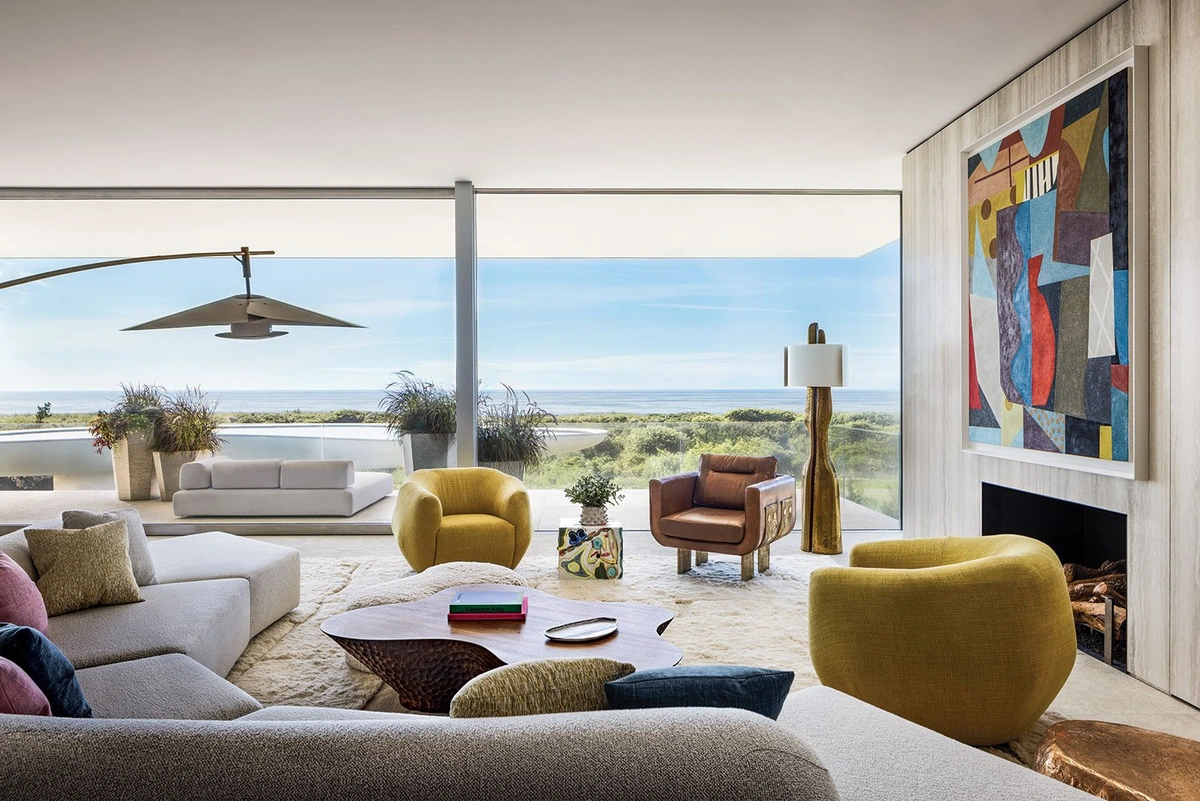
- Hanging Height: A common guideline is to hang the center of the artwork at eye level (around 57-60 inches from the floor). But rules are meant to be broken! Consider the furniture below it or the height of the ceiling. For groups of art, treat the collection as a single unit when considering height.
- Framing & Presentation: Framing is crucial for both protection and presentation. It can complement the artwork and tie it into your decor. The choice of frame material, color, and style (e.g., a simple floating frame for a canvas, a mat and frame for a print) can dramatically change how the art is perceived and how it fits into your space. Matting, the border around the artwork within the frame, can provide visual breathing room and draw the eye inward. Different types of glass (standard, non-glare, UV-protective) offer varying levels of protection and visibility. UV-protective glass is highly recommended for valuable pieces or those in sunnier spots to prevent fading. There are guides on framing your artwork, including oversized pieces. Be aware that framing can add significant cost, so factor this into your budget. It's the art world's little surprise party, and you're paying for the confetti... but it's worth it for the right piece!
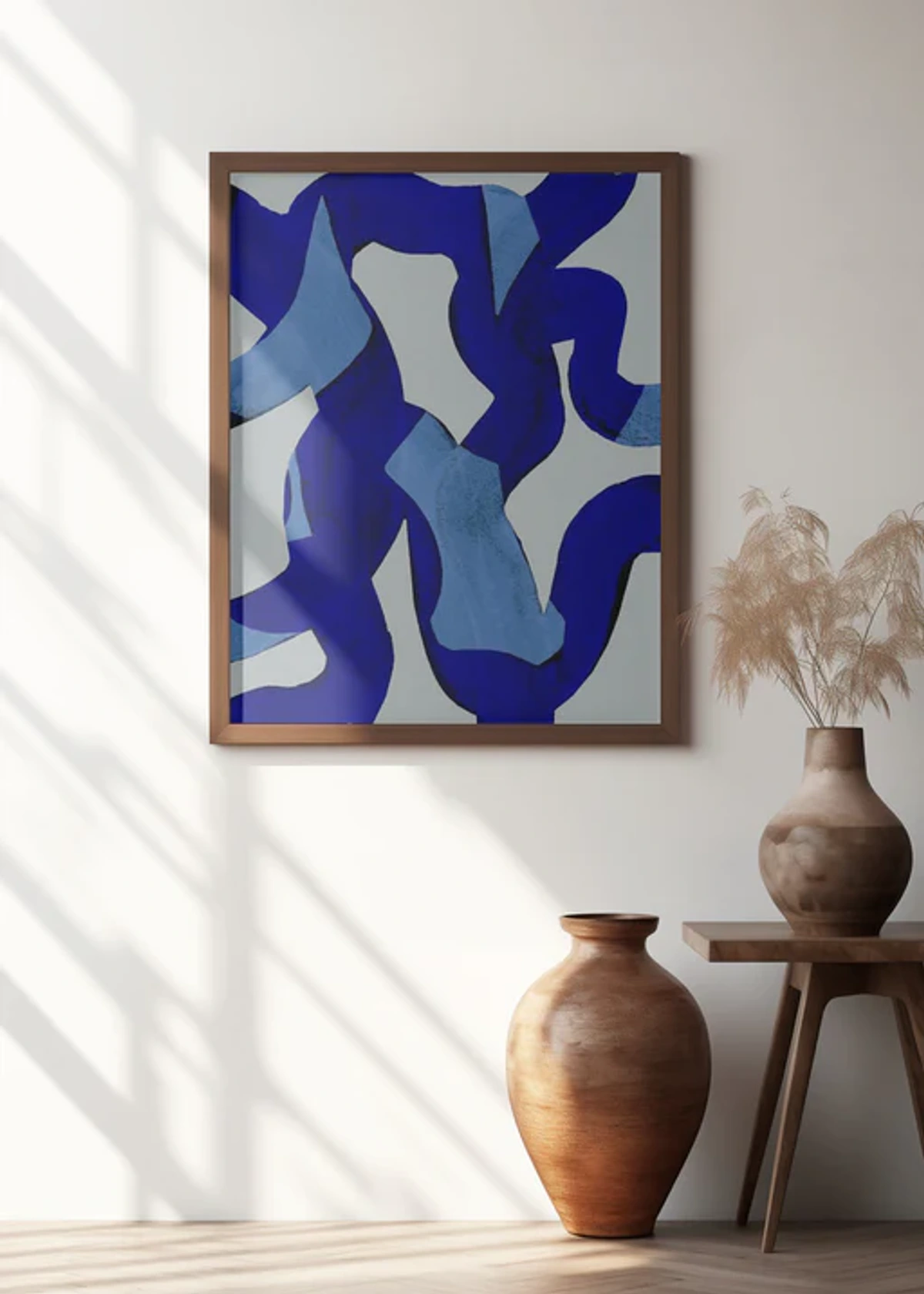
- Lighting: Proper lighting is essential to showcase your art. Track lighting, picture lights, or even well-placed lamps can highlight the colors and textures. This is especially important for contemporary pieces that might have unique textures or subtle color shifts. Be mindful of glare and heat, which can damage the artwork.
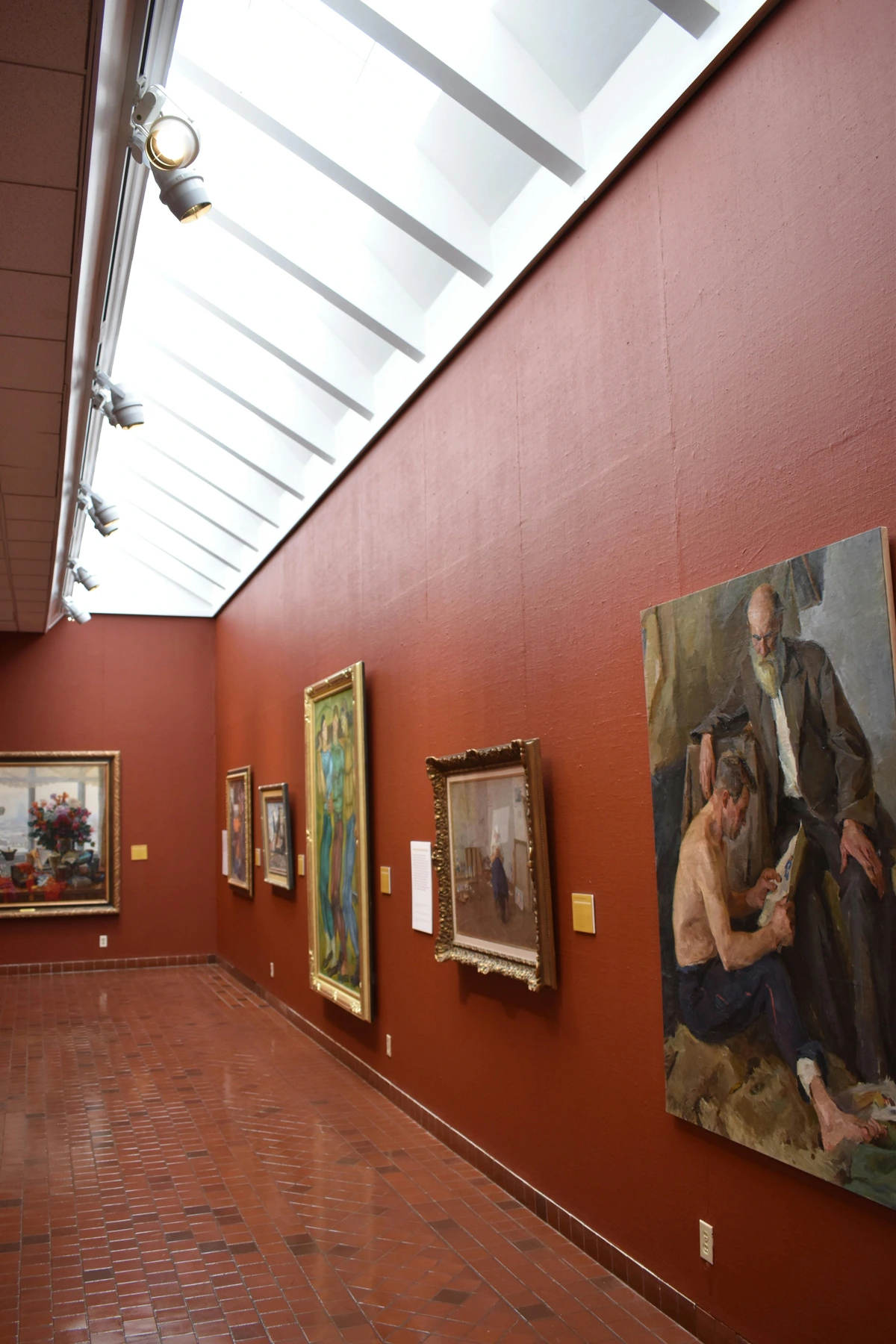
- Installation: Using the appropriate hanging hardware for the size and weight of the artwork and the type of wall is crucial for safety. For larger or heavier pieces, consider professional art installation services. You can also explore options for hanging art without nails if you're renting or prefer minimal wall damage, like using adhesive strips for lighter pieces to test out placement before committing. I once spent an embarrassing amount of time trying to get a small print perfectly straight, only to realize I was using the wrong type of hook. Sometimes the simplest things are the trickiest!
- Wall Texture: Don't forget to consider the texture of the wall itself. A smooth, clean wall provides a neutral backdrop, making the art pop. A brick wall or textured plaster can add character but might compete with the artwork, especially if the piece is delicate or has its own strong texture. Sometimes, a floating frame or stand-off mounts can help the art stand out from a busy wall texture.
- Gallery Walls: Don't be afraid to group pieces! A gallery wall can tell a bigger story and add dynamic energy to a space. Mix sizes, styles, and frames for an eclectic look, or keep it consistent for a more minimalist feel. It's also a great way to incorporate smaller pieces or prints.
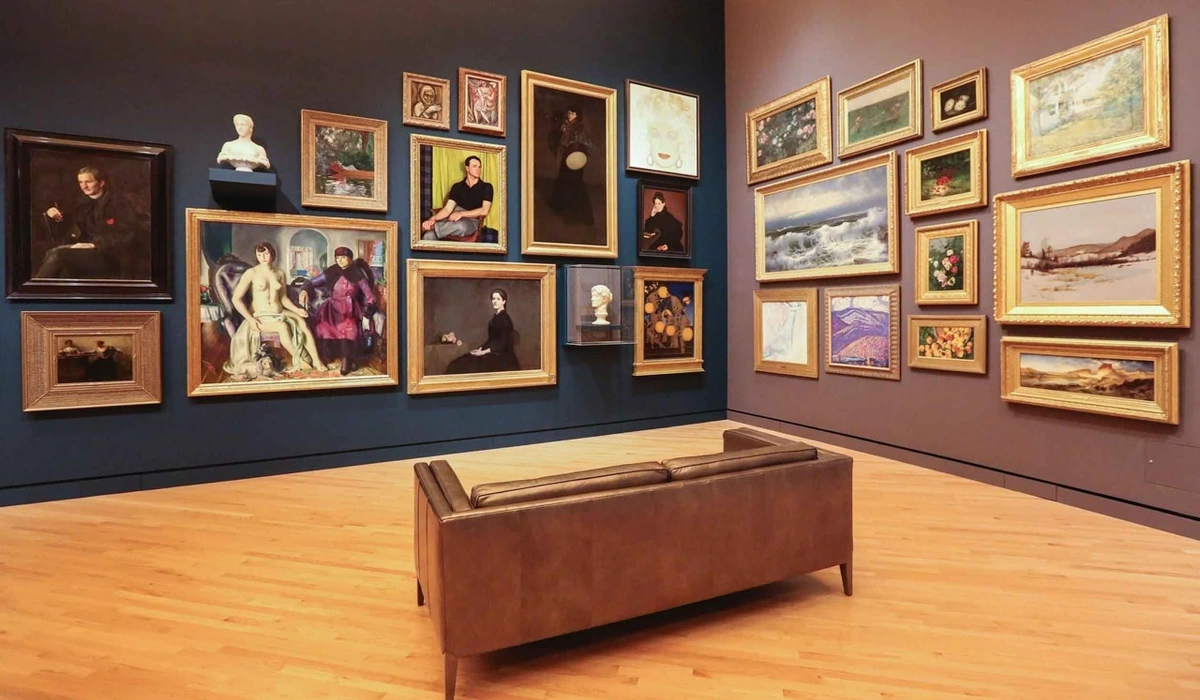
- Beyond Hanging: Not all art needs to be hung. Sculptures, ceramics, or even framed prints can be displayed on shelves, side tables, or the floor. Get creative with displaying different types of art. Consider how the texture of a piece interacts with its surroundings and the light.
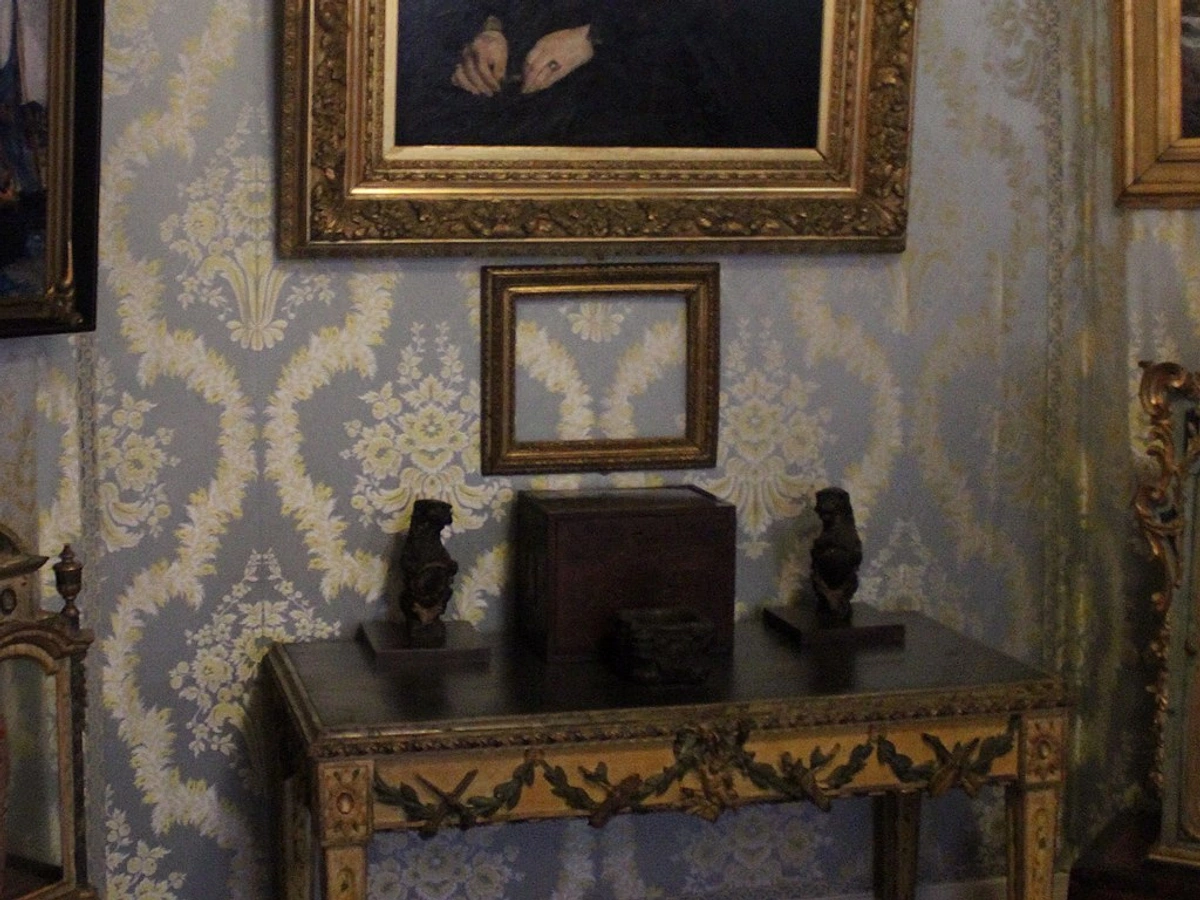
- Document Your Collection: Once your art is home and displayed, take photos and keep records. Note the artist, title, date, medium, dimensions, purchase price, and where you bought it. Store any Certificates of Authenticity (COAs) and receipts safely. This is important for insurance purposes and simply for keeping track of your growing collection.
Remember, it's your home. There are no strict rules. If it feels right to you, it is right. And don't feel like art has to stay in one place forever! Rotating pieces between rooms or even storing some away for a while can keep your space feeling fresh and allow you to appreciate your collection in new ways. Plus, it can be subtly amusing to see if your houseguests notice when you've swapped out a piece – a little art-related game! Rotating art is also a great strategy if you have limited wall space but a growing collection you love.
FAQs About Contemporary Art for Walls
Here are some common questions I hear when people are looking for art for their homes, filtered through my own slightly chaotic artist brain:
- Is contemporary art expensive? Ah, the million-dollar question (sometimes literally!). It can be, yes, but it absolutely doesn't have to be. You can find affordable original pieces, art prints (why buy art prints), or work from emerging artists starting an art collection on a budget. Prices vary greatly depending on the artist's reputation, the medium, size, and whether it's an original or a print (understanding art prices). Think of it like clothes – you can buy haute couture or fast fashion, and there's everything in between.
- How do I know if the price is fair? This is tricky! Research is key. Look at other works by the same artist – are prices consistent for similar size/medium? Compare prices for artists at a similar stage in their career or working in a similar style. Galleries often have price lists; online marketplaces allow for easy comparison. Ultimately, if the price feels right to you for a piece you love, that's a good sign. But doing a little homework helps build confidence. And honestly, sometimes pricing my own work feels like throwing darts in the dark, so I empathize!
- How much does framing cost? Brace yourself. Framing costs can vary wildly depending on the size of the artwork, the materials used (frame type, matting, glass), and whether you use a custom framer or a standard size. It can sometimes cost as much as or even more than the artwork itself, especially for prints or smaller originals. Get quotes before you commit, and consider standard sizes or online framing services for more budget-friendly options.
- How do I know if a piece is "good"? "Good" is subjective! For your personal space, what matters is if it resonates with you. Does it make you think or feel? Does it bring you joy? That's what makes it "good" for you. Learning a bit about art elements and composition can help you appreciate how a piece works, but trust your own taste first. It's okay if you don't 'get' every piece of contemporary art you see; the goal is to find what speaks to you. My own definition of 'good' art is constantly shifting, which is part of the fun.
- What if my style changes? Your taste will evolve, and that's okay! Art is a journey. You can always move pieces to different rooms, store them, or even sell them later (though the secondary art market can be complex). Think of it as curating your space over time. It's not a tattoo; you can change your mind!
- How do I care for my art? Different mediums require different care. Generally, keep art out of direct sunlight, away from extreme temperature changes and humidity. Ask the artist or gallery for specific care instructions for your piece. Check out guides on how to take care of your art or cleaning paintings. Treat it like a beloved (but perhaps slightly fragile) houseplant.
- Should I buy art as an investment? While some art appreciates in value, it's generally best to buy art because you love it and want to live with it. Buying purely for investment requires significant knowledge of the market and comes with risks (art as an investment risks vs rewards). Buy what speaks to your soul first. If it appreciates, consider it a happy bonus, like finding a forgotten ten-dollar bill in your old coat pocket.
- Do I need to insure my art? For valuable pieces, yes, it's highly recommended. Check if your homeowner's or renter's insurance policy covers artwork, and if so, what the limits are. You might need a separate rider or specialized art insurance for higher-value pieces. It's a small step for peace of mind.
- How do I know if an artist is legitimate? Look for consistency in their work, a professional online presence (website, social media), exhibition history (even local shows), and reviews or testimonials if available. Don't be afraid to ask them questions about their process and background. A legitimate artist is usually happy to share their story. This is also where a Certificate of Authenticity (COA) and clear provenance come into play – they provide a paper trail and verification of the artwork's origin.
- What's the difference between an original, a print, and a poster? An original is the unique, one-of-a-kind artwork created by the artist's hand (painting, sculpture, drawing). A print is a reproduction of an original artwork, often produced in multiples. Limited edition prints are produced in a fixed, small number and are usually signed and numbered by the artist, making them more valuable than open edition prints, which can be produced indefinitely. A poster is typically a mass-produced, lower-quality reproduction, often on thinner paper, and usually not signed or numbered.
- Can I buy art directly from an artist on social media? Absolutely! Many artists use platforms like Instagram to showcase and sell their work. It's a great way to connect directly, see their process, and support them. Just be sure to communicate clearly about pricing, shipping, and payment methods.
- What if I don't have much wall space? No problem! Art isn't just for large walls. Consider smaller pieces, framed prints for shelves or tabletops, or even sculptures. A single, impactful piece in a small space can make a big statement. You can also rotate your collection to keep things fresh without needing endless wall space.
The Final Brushstroke: Making Your Space Yours
Adding contemporary art to your walls is a deeply personal act. It's about curating your environment, surrounding yourself with things that inspire, challenge, or simply bring you joy. It's about making your house feel like a home, a reflection of who you are. Each piece you choose adds a layer to the story of your space, a visual representation of your journey and your connection to the world around you. Don't be intimidated. Start small, explore, and most importantly, buy what you love. The 'right' art for your wall is the art that resonates with you, that makes your space feel more like yours. Your walls are waiting for their story to be told, one brushstroke, one print, one soul-stirring piece at a time.
Ready to find a piece that speaks to you? Explore my own collection for sale.




